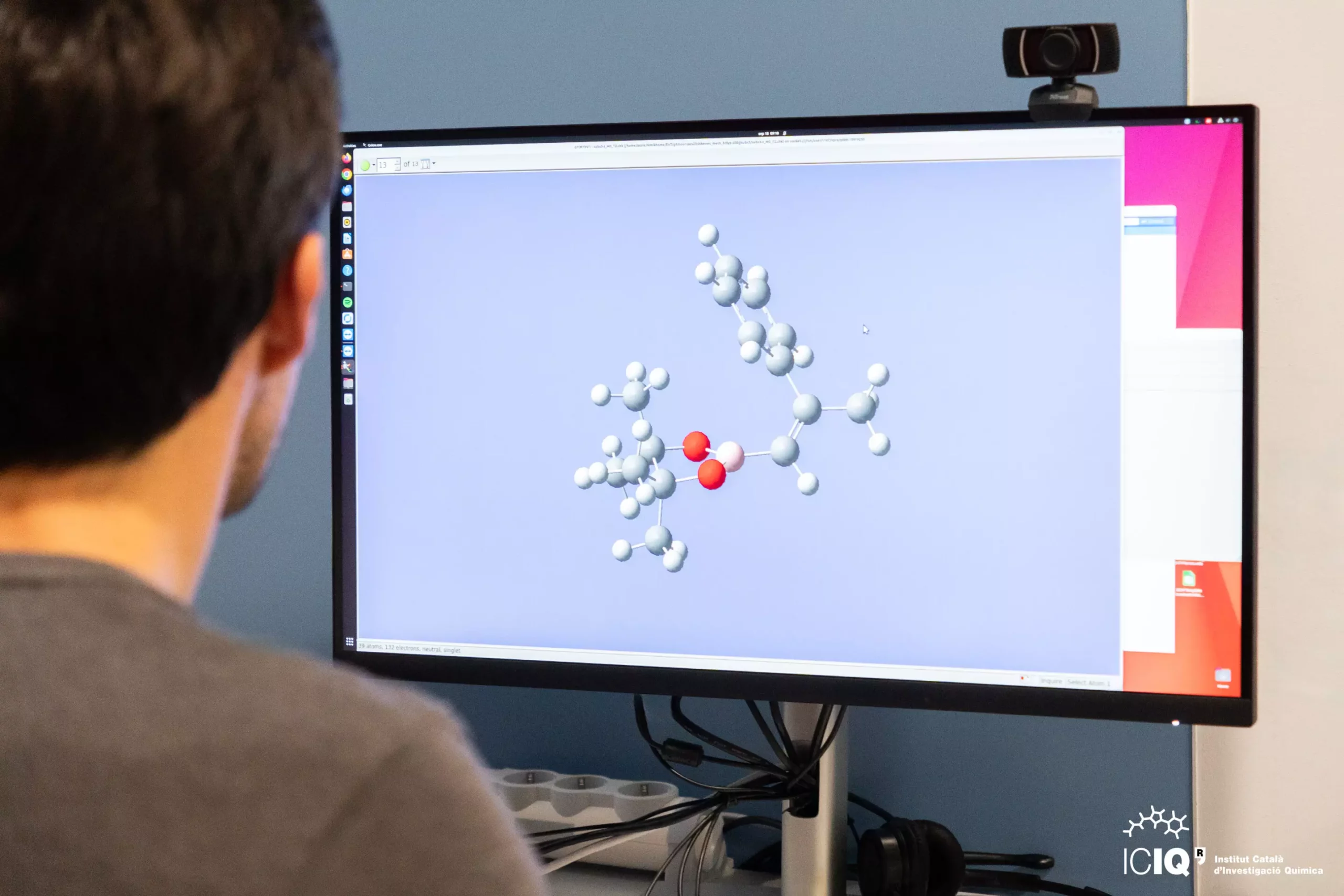Energy transfer (EnT) processes play a crucial role in photocatalysis, impacting a variety of applications from solar energy conversion to synthetic chemistry. Recent investigations by Dr. Albert Solé-Daura and Prof. Feliu Maseras have shed light on the applicability of Marcus theory—widely recognized for its role in electron transfer models—to the estimation of the free-energy barriers that underlie these energy transfer processes. Their research, featured in the esteemed journal Chemical Science, presents an innovative intersection of theoretical modeling and experimental chemistry, offering a fresh perspective on a field ripe for exploration.
The Marcus theory, originally developed to elucidate the kinetics of single-electron transfers, operates on the principle that EnT can be conceptualized as two simultaneous electron transfer events between donor and acceptor molecules. While this classic theory has seen substantial application in electron transfer reactions, its adaptation to EnT has been conspicuously underexplored. The researchers introduce an ‘asymmetric’ variant of the Marcus theory, contrasting it with the traditional ‘symmetric’ approach. The findings indicate that the asymmetric model more accurately predicts EnT barriers, revealing critical insights into the energy landscapes of reactive systems.
One of the central challenges in computational approaches to modeling EnT is the reliance on intricate wavefunction-based methods, which can be extraordinarily resource-intensive and subsequently limit their applicability in systematic investigations across large chemical libraries. The work by Maseras’ group advocates for the classical Marcus theory as a pragmatic and efficient alternative. By streamlining the process of estimating EnT barriers without delving into complex electronic interactions, this research opens avenues for accelerated computational screenings, promoting faster experimental validations and refinements of photocatalytic systems.
The implications of this research extend far beyond theoretical convenience; the ability to accurately predict EnT free-energy barriers could catalyze the design of novel photocatalytic systems. Enhanced understanding of structure-activity relationships within EnT will enable chemists to tailor materials for optimal performance, potentially leading to unprecedented advancements in energy conversion technologies. As Dr. Solé-Daura aptly points out, while EnT photocatalysis possesses enormous potential, it remains a frontier waiting to be explored, primarily due to its inherent modeling complexities compared to more conventional chemical processes.
The researcher’s findings not only advocate for the integration of Marcus theory within computational chemistry but also emphasize the burgeoning interest in EnT as a pivotal area of study. As computational methods evolve, there is a compelling opportunity to unravel the intricate dynamics of EnT processes. By capitalizing on the predictive capabilities of the asymmetric Marcus theory, researchers can systematically investigate the energetics of photocatalytic reactions at a scale previously considered unfeasible.
This innovative approach to modeling energy transfer barriers promises to broaden the horizons of photocatalytic research. With an eye towards efficiency and accuracy, the combination of Marcus theory and Density Functional Theory presents a transformative methodology for advancing our understanding and application of energy transfer mechanisms, ultimately propelling the field of photocatalysis into new realms of possibility.


Leave a Reply